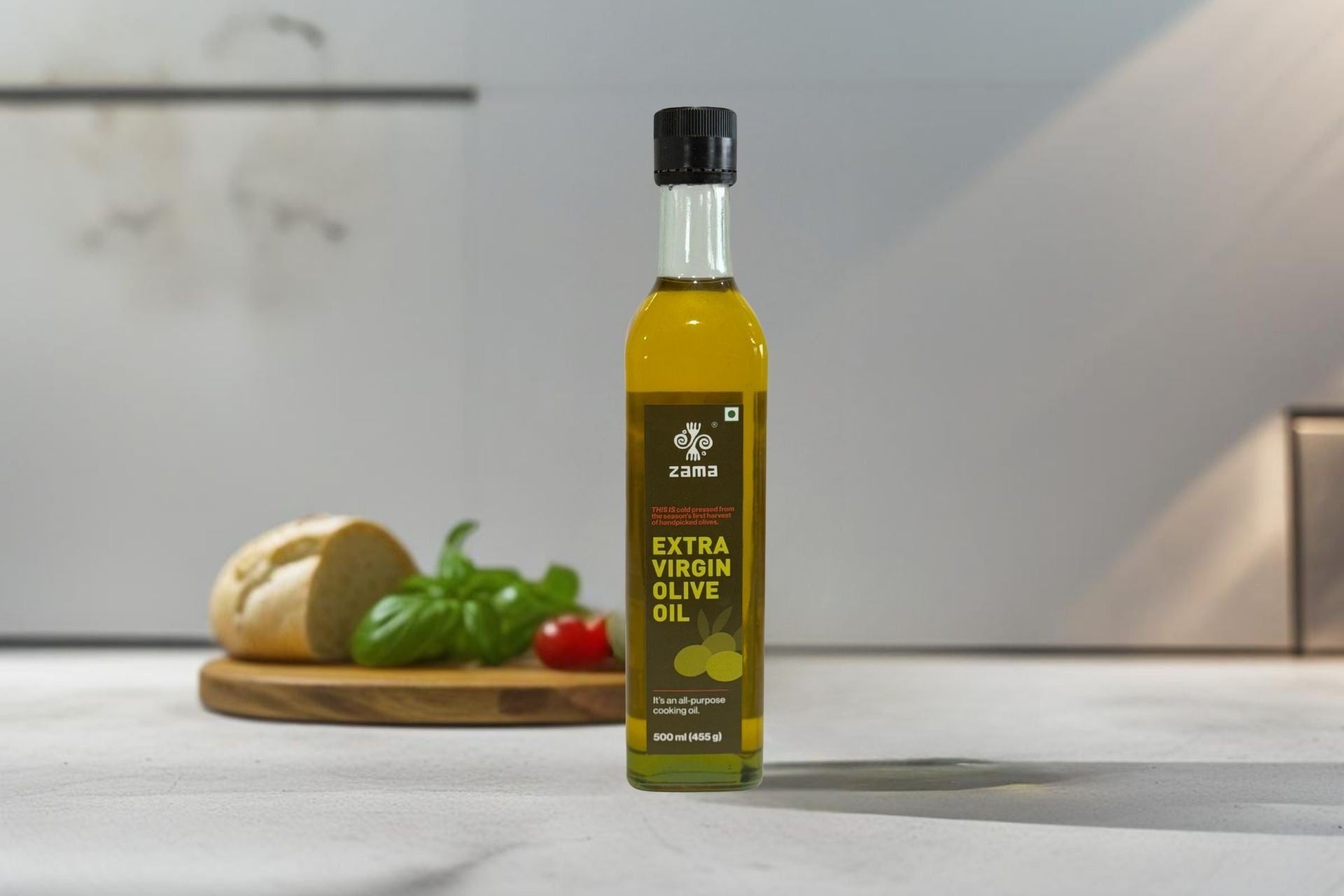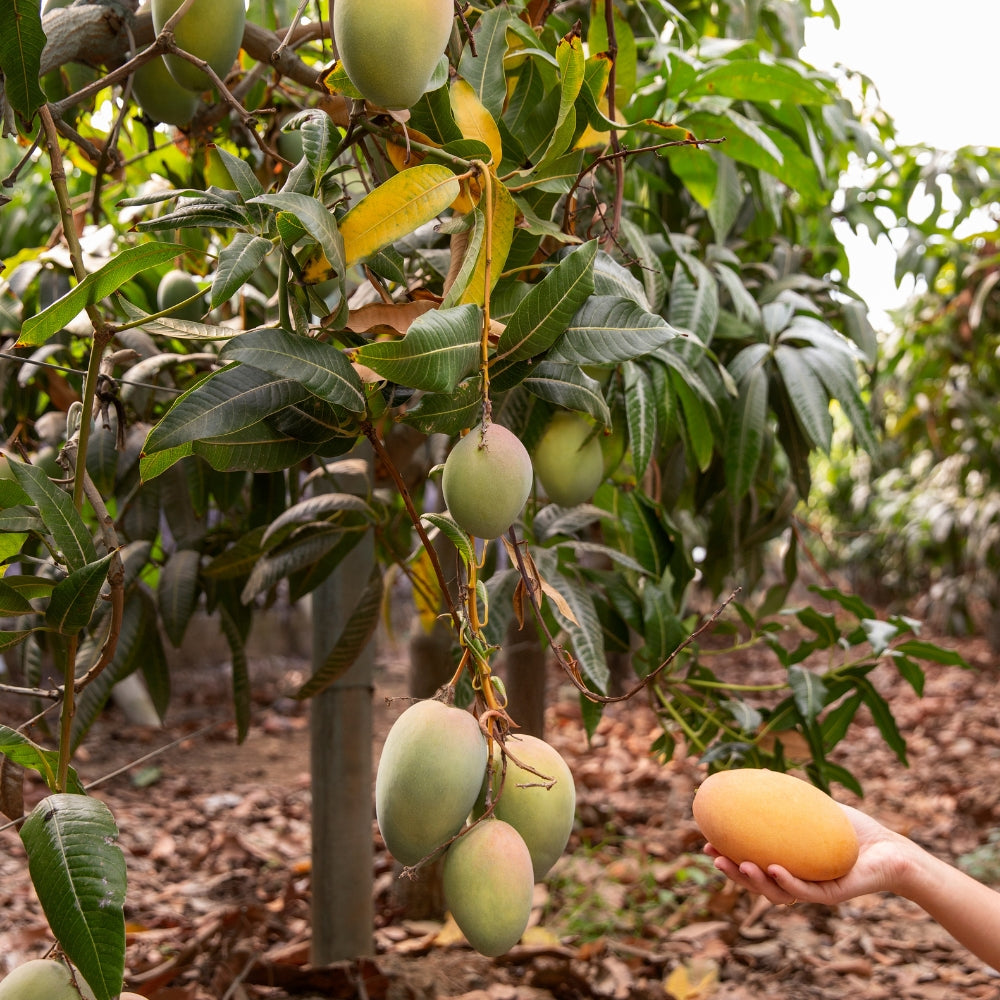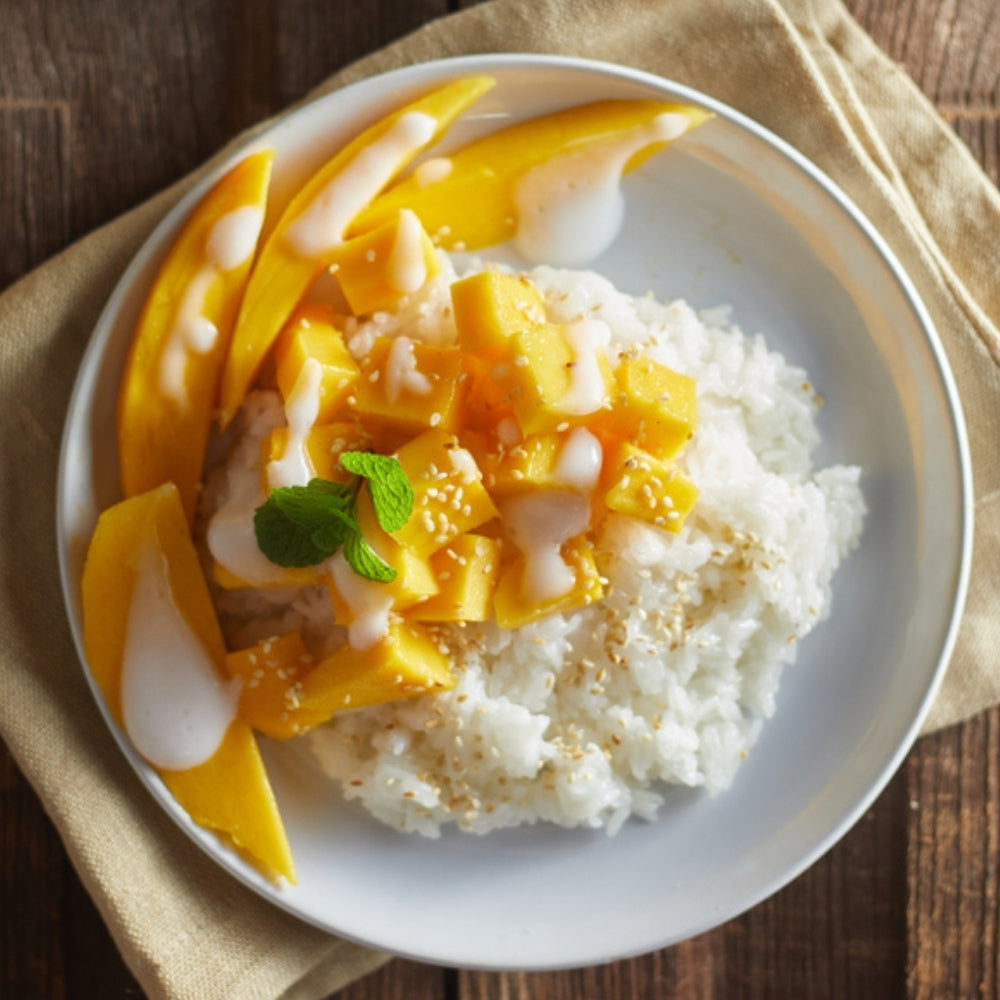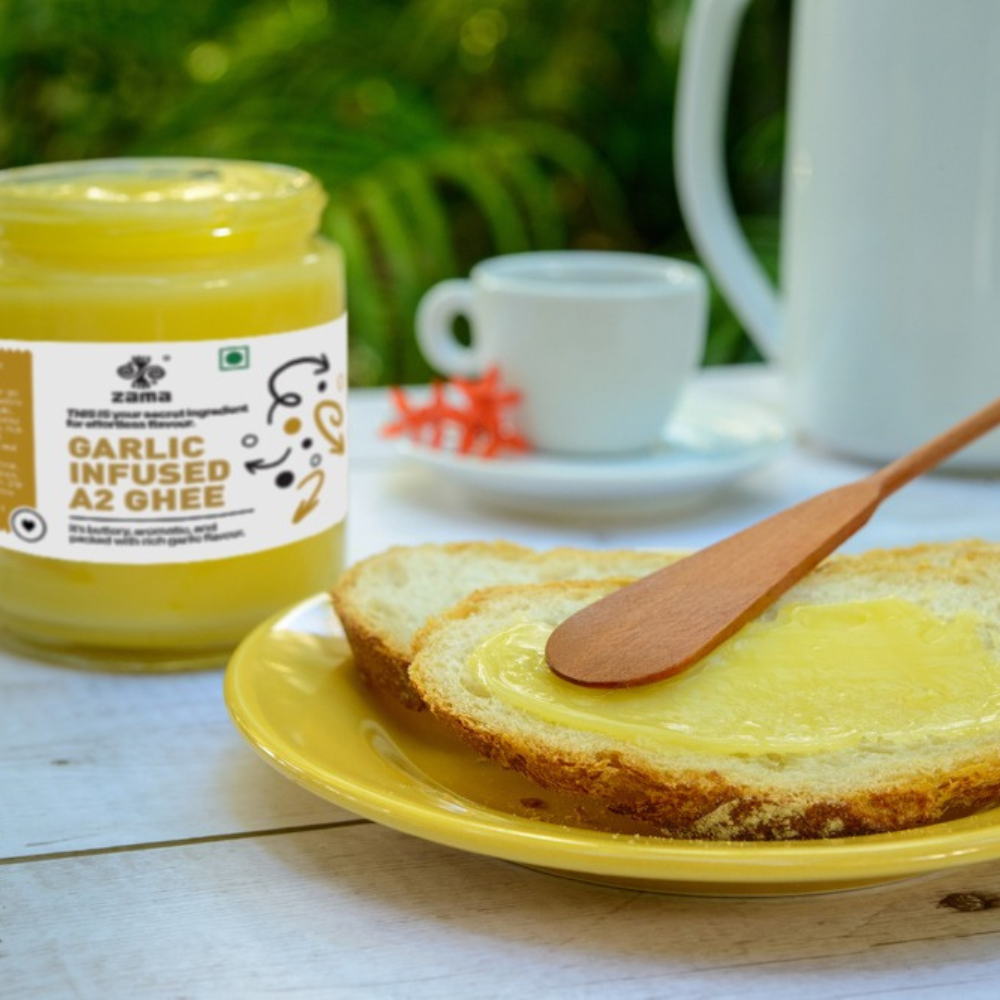Every March, we get asked the same question: Have the Alphonso Mangoes come in yet? Zama Alphonso Mangoes usually arrive much later than when most others hit the market. That’s because we wait. Not for the market to move, but for the mango to be ready.
We work with farmers in Ratnagiri and Devgad who’ve been doing this for generations. They don’t go by dates. They go by what they see. Because Alphonso mangoes don’t follow a schedule, they respond to conditions.
Here’s how we know when it’s time:
It Starts Months Before You Ever See a Mango

The trees are pruned just after the monsoon. Blossoms show up in January. That’s when the watch begins. No two seasons are ever the same. Too much rain, too much wind, and the fruit is affected. By March, small mangoes begin to appear. But the work isn’t done, it’s just beginning. Every small shift in weather counts. And there’s no room for shortcuts.
Why the Konkan Belt Grows the Best Mangoes

There’s a reason the best mangoes come from Ratnagiri and Devgad— the Konkan belt has something rare: laterite-rich soil, high humidity, sharp temperature shifts between day and night, and salty sea air. These coastal conditions create a microclimate that no inland region can replicate.
The result? Mangoes that are naturally more aromatic, have a better fiberless texture, and carry the depth of flavour our loved 'Hapus' is known for.
A Crop That Follows the Coast
Here’s something most people don’t know: Mangoes near the sea behave differently. Proximity to the sea, salt in the air, cooler nights, and sharper shifts in humidity all play a role. Two orchards just a few kilometres apart can mature on entirely different timelines. That’s why we track each farm individually. We don’t follow a blanket schedule, we follow what’s happening on the ground.
The Picking Window Is Narrow

There’s no set date. Just signs:
• Colour: We harvest while the mango is still green, but mature enough to ripen well off the tree.
• Aroma: The mango begins to release its signature scent before it’s even ripe.
• Touch: Firm, but not hard. Picked when mature but still green, so it can travel well and ripen naturally off the tree. As it ripens, the mango slowly loses water. That loss concentrates flavour, and softens the fruit without making it mushy. Each mango can lose up to 15–25% of its weight between farm and full ripeness.
Picking happens early in the morning, when the air is cooler and the fruit is at its most stable. It’s also when our farmers can make the cleanest, most precise pick.
No Shortcuts. No Chemicals. No Panic.

A lot of mangoes are ripened quickly to meet demand. Chemicals like calcium carbide and ethylene gas are still widely used. But they ruin more than flavour—they flatten everything that makes an Alphonso Mango distinct. Ours are ripened naturally in straw or hay, the way it’s been done for generations. It takes longer. But the result? A mango that develops its full sweetness and aroma without being pushed.
No Cold Chains. No Middlemen.
We don’t use cold storage & we don’t over-handle the fruit. Every Zama mango is picked from a farm we know, packed by hand, and delivered straight to your home. No delays. No interference. Just mangoes that taste like they should.
What the GI Tag Actually Means
Alphonso isn’t just a mango variety—it’s a protected identity. Only mangoes grown in Ratnagiri and Devgad are legally allowed to carry the Geographical Indication (GI) tag.
Mangoes from other regions—Karnataka, Gujarat, Africa—might look the part, but they don’t carry the same depth of flavour, texture, or aroma. They’re not Hapus/Alphonso if they’re not from the Konkan region!
What Makes Zama Alphonso Mangoes Different
• Grown in organic orchards in Ratnagiri & Devgad.
• Naturally ripened in straw or hay.
• Grown naturally, from pruning to picking.
• Picked only when ready—not when convenient.
• Delivered direct. No cold storage. No shortcuts.
The season is short but our favourite. It’s not about being premium. It’s about being right. We don’t tamper with the process—just protect it. If you’ve been waiting for that one mango that actually lives up to it—this is it.
Don’t Miss It
There’s a narrow window where everything comes together—flavour, aroma, texture. And it doesn’t last long. The Zama Mango smells like the summer we wait for.
FAQs
Q: How should I store Alphonso mangoes at home?
A: Keep them at room temperature in a dry place. Once ripe, they can be stored in the fridge for up to 2–3 days, or eaten right away for full flavour.
Q: Do you tell us when they’ll ripen?
A: Yes, we include a note in every box with an estimate of when the mangoes are expected to ripen, so you’re not left guessing.
Q: Do mangoes lose weight while ripening?
A: Yes. Each mango can lose up to 15-25% of its weight from the time it’s picked to when it’s fully ripe. This natural water loss helps concentrate flavour and soften the fruit.
Q: Why does GI matter?
A: Because without it, the name Alphonso/Hapus loses all meaning. The GI tag protects the fruit, the farmer, and your plate.





